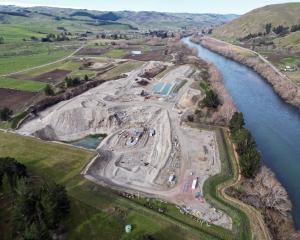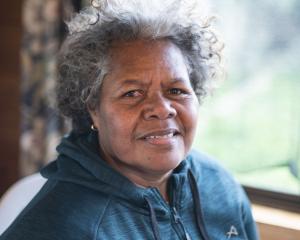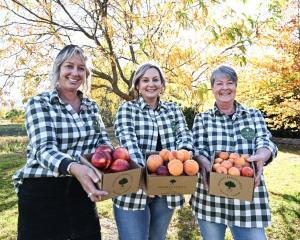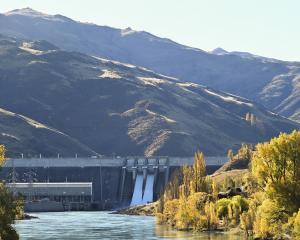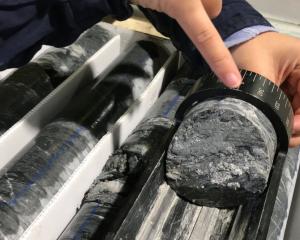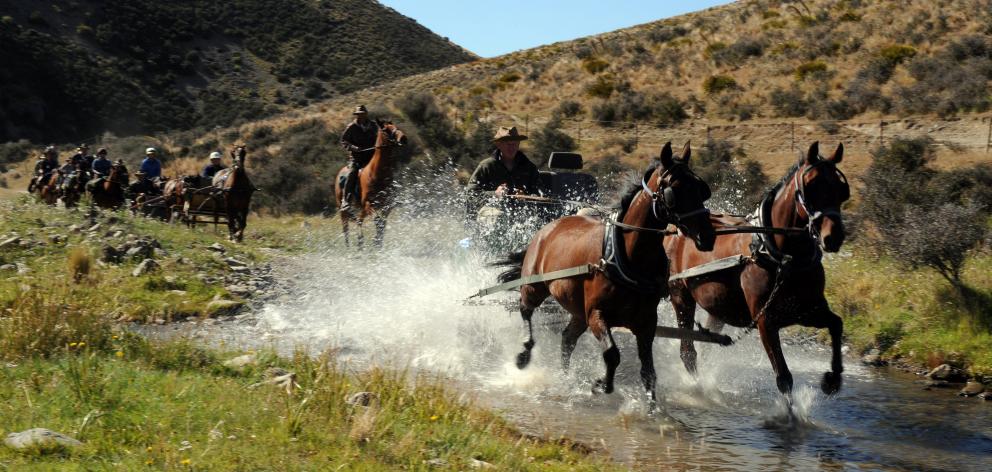
Environment Minister David Parker has announced $2.9 million from the Jobs for Nature fund for the Thompson’s Creek Conservation Project, part of the wider Manuherikia catchment programme in Central Otago.
"The Thompson’s Creek projects are based around community engagement, working with landowners, fencing and riparian planting, and protection of threatened, native freshwater fish," Mr Parker said.
What was learned through the work at Thompson’s Creek would be instructive for further work across the wider Manuherikia catchment programme, Mr Parker said.
The Manuherikia catchment was the third exemplar catchment in the the Government’s at-risk catchment programme to clean up waterways by supporting community-led programmes.
The approach brought together a range of stakeholders including farmers, community groups and iwi, to "stop the degradation of the Manuherikia catchment and undo past damage", Mr Parker said.
Manuherikia Exemplar project governance group co-chairwoman Anna Gillespie acknowledged the goodwill and support from farmers, agencies, iwi and experts to work together to get the project up and running in a catchment with "complexities".
"It’s the beginning of a journey which should see some very exciting initiatives for the catchment and community," Mrs Gillespie said.
Thompson’s Creek project manager Nicola McGrouther said the work would include removing willows, constructing a meandering pathway for the waterway and replanting with locally sourced native plants, including more than 50,000 tussock plants.
The funding is expected to generate about eight full time equivalent jobs across three years.
Further improvements to water quality at the bottom of the Thompson’s Creek catchment include modifying an existing pond into a constructed wetland; a barrier to prevent trout and perch from moving upstream and threatening native galaxiids; and reducing sediment by up to 70% in the sluice channel at the sub-catchment and reducing nitrogen by up to 30%.
Surveying in the area last year was the first collaborative effort between Otago Regional Council, Fish & Game, Department of Conservation, independent scientists and landowners to survey a whole catchment and develop a joint management plan for native fish species within the catchment.


